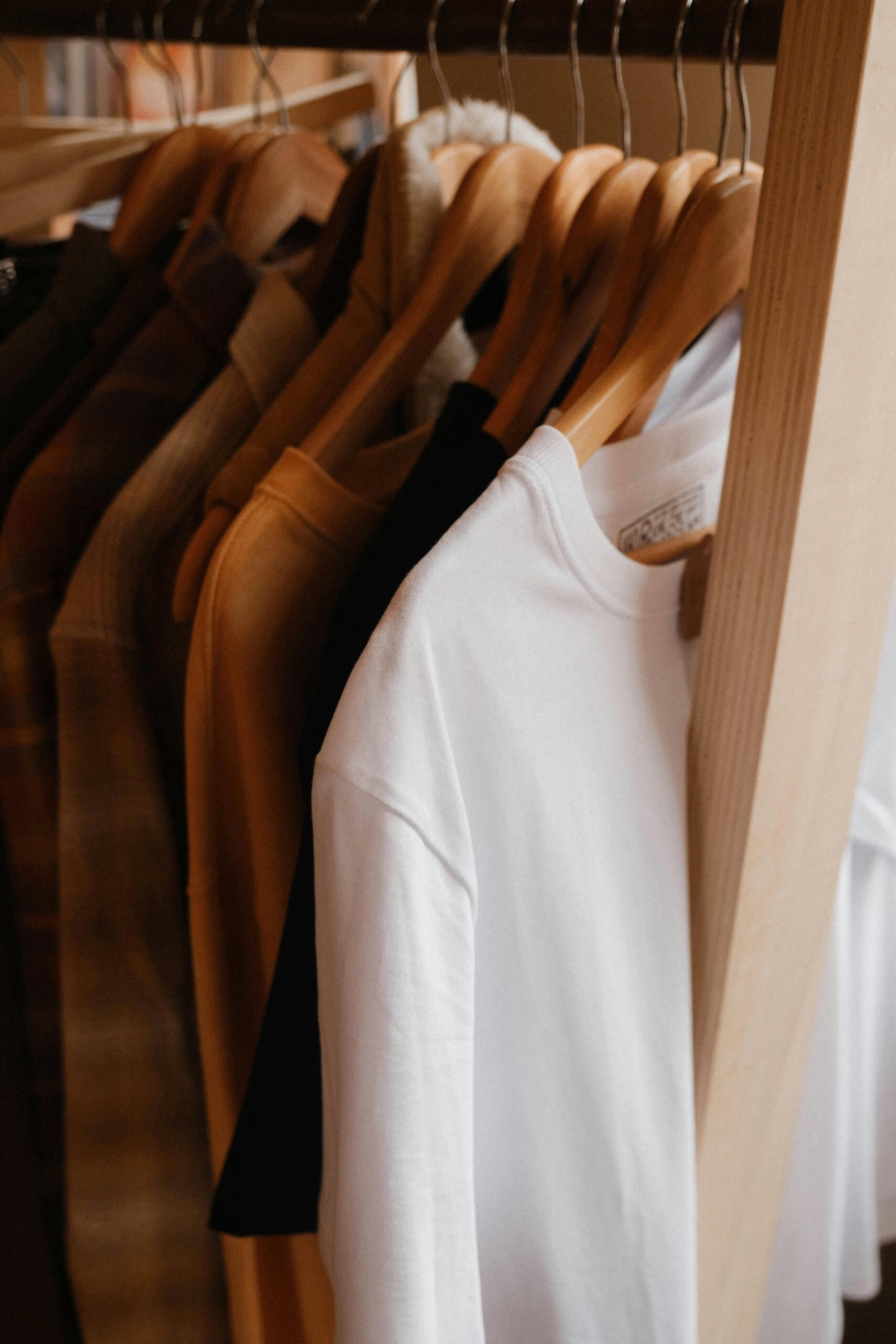Table of Contents
- The Importance of Durability in Clothing
- Critical Factors in Creating Durable Apparel
- Innovative Technologies Enhancing Durability
- Selecting the Right Materials
- Caring for Durable Clothing
- The Sustainability Aspect of Durable Clothes
- Consumer Perspective on Long-Lasting Apparel
The Importance of Durability in Clothing
Durability in clothing is more than just a matter of longevity; it’s a critical aspect that combines economic and environmental benefits. Investing in clothing that can withstand the rigors of daily wear saves consumers money over time and reduces the need for frequent replacements. It’s true for staple items, including durable jeans for everyday wear, which need to endure repeated use without wearing out quickly. The environmental benefits are equally significant. By opting for durable clothing, consumers contribute to minimizing the substantial ecological footprint associated with the fashion industry. Textile manufacturing consumes large quantities of water, energy, and chemicals, and by decreasing how often we buy clothing, we can directly alleviate the pressure on these resources—furthermore, creating a lesser number of clothing items results in reduced emissions and waste, which supports the worldwide initiatives to address climate change.
Critical Factors in Creating Durable Apparel
Several crucial factors contribute to the creation of durable apparel. Material quality stands at the forefront. High-grade fabrics are less likely to deteriorate quickly, allowing garments to retain their form and function longer. Weaving techniques also play a pivotal role. For example, tightly woven fabrics are generally more resistant to tearing and abrasion than their loosely woven counterparts.
Additionally, the manufacturing process itself must be of high caliber. It includes everything from reinforced stitching to ensure seams don’t unravel to the application of durable dyes that won’t fade quickly. Each production stage must be meticulously managed to ensure the final product is as resilient as possible. Quality control measures at various stages, such as during dyeing and stitching, ensure that the apparel meets high durability standards.
Innovative Technologies Enhancing Durability
The world of textiles is continuously evolving, with numerous innovative technologies emerging to enhance fabric durability. Advances in weaving patterns and specialized treatments have made it possible to produce textiles more resistant to wear and tear. For instance, triple-stitching techniques and ripstop fabrics are standard in high-performance apparel, significantly boosting their lifespan.
Moreover, modern treatments such as water-repellency and UV protection do not merely add to the functionality of the fabric; they also extend its durability. Research indicates that these technologies can dramatically extend the life of clothing by protecting the material from environmental damage. Innovations like moisture-wicking materials can also help maintain the integrity of the fabric by reducing the wear caused by moisture and sweat.
Selecting the Right Materials
The Role of Natural Fibers
The role of materials in determining the durability of clothing cannot be overstated. Natural fibers like cotton, wool, and hemp are celebrated for durability and comfort. When treated correctly, these fibers can produce garments that endure frequent wear without losing quality. Wool, for instance, is naturally resilient due to its crimped structure, which allows it to endure stretching and bending, making it an excellent choice for casual and formal wear.
Synthetic Blends for Extra Strength
On the other hand, synthetic blends offer remarkable strength and versatility. Modern athletic wear often incorporates blends of polyester and elastane, which provide both durability and flexibility. Synthetic materials are engineered to withstand harsh conditions, making them ideal for outdoor activities and heavy-duty use. These blends can be crafted to repel water, resist stains, and provide UV protection, all contributing to their long-lasting properties. The ability to engineer specific traits into synthetic fabrics makes them highly adaptable to varying consumer needs and environmental conditions.
Caring for Durable Clothing
Even the most durable clothing requires adequate care to preserve its longevity. Simple practices, such as washing garments in cold water and using mild detergents, can significantly extend their life. Excessive heat during drying should be avoided, as it can weaken fibers and cause shrinkage. Following the care instructions from the manufacturer is always an intelligent choice to preserve the quality of your clothing. Regular maintenance, such as promptly repairing small tears or replacing missing buttons, can prevent minor problems from escalating into major damage. These preventive measures ensure that your garments stay in excellent condition for as long as possible. For tougher stains or more delicate fabrics, professional cleaning might be recommended to preserve the integrity of the clothing.
The Sustainability Aspect of Durable Clothes
Durable clothing is a cornerstone of sustainable fashion. By consuming fewer resources in production and generating less waste, long-lasting garments align perfectly with eco-friendly principles. Choosing long-lasting clothing decreases the need for fast fashion, which is known for its negative environmental impact. Fewer purchases mean less textile waste, lower carbon emissions, and reduced chemical runoff associated with textile processing. The environmental benefits continue beyond there. A durable wardrobe also encourages a more mindful consumption pattern. It shifts focus from quantity to quality, promoting a culture of thoughtful buying. A report by Green Matters details how long-lasting clothing can help mitigate the negative impacts of the fashion industry on our planet, emphasizing the importance of sustainable practices in textile production. The report highlights how a shift towards durable clothing can significantly contribute to global sustainability goals by reducing waste and conserving resources.
Consumer Perspective on Long-Lasting Apparel
Consumers today are increasingly aware of the advantages of durable clothing. Beyond the obvious economic savings, there’s a growing appreciation for quality and sustainability. Shoppers are more informed and conscious of the impact of their purchasing choices, leading them to prioritize durability in their clothing selections. Brands are responding to this shift by emphasizing producing durable clothing. This consumer-driven demand encourages innovation and the adoption of better manufacturing practices across the industry. As consumers seek long-lasting apparel, we anticipate a positive trend toward more sustainable and higher-quality fashion items. This transformation is a temporary fad and a significant change in how individuals perceive and buy their garments, opening the path towards a more eco-friendly future in the fashion industry.
Keep an eye for more news & updates onDiscoverTribune.Org!




